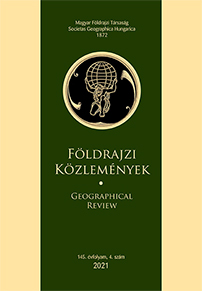A kelet-közép-európai városrégiók átalakulása a posztfordi korban – elméleti alapok
Absztrakt
The post-Fordist and post-socialist transition had a significant impact on the development of cities in East Central Europe. One of the most spectacular processes in the development of postsocialist cities has been the transformation of the inner areas and outskirts of the urban regions. In the inner areas, after the regime change, urban regeneration gained momentum and thanks to the prevailing neoliberal urban policies almost without exception triggered gentrification processes in the neighbourhoods. Outside the administrative boundaries of the city, in the agglomeration zone and in the more remote areas of the urban region, suburbanisation and urban sprawl have determined the development process. As a consequence, the previously compact urban fabric of post-socialist cities slowly disintegrated and cities became more and more fragmented. The aim of this theoretical study is to explore the most important processes of urban transformation in the post-Fordist era. We briefly introduce the theoretical background of metropoliszation, suburbanization and urban sprawl, as well as the main characteristics of commuting and land use. The role of urban regeneration and fragmentation in the urban fabric will be highlighted as well.
Copyright (c) 2021 Egedy Tamás

This work is licensed under a Creative Commons Attribution-NonCommercial-NoDerivatives 4.0 International License.



